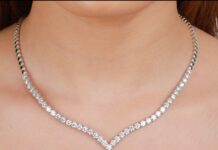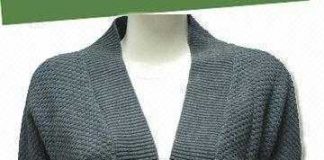When you need a vision prescription, choosing sunglasses can be quite complicated. Others can choose based on the style of the frames and whether they want sporty or luxurious.
When choosing prescription sunglasses, those things come secondary to making sure you have ones that will work for your vision.
When you are choosing sunglasses you need to be aware of what lens index is going to be best for you. And what is best depends on a number of factors. In this article, we will go over some of the basics about lens index so you can choose the right sunglasses for your needs.
What is a lens index?
In the most basic terms, the lens index indicates the hardness of your lenses. When you have a prescription, as the strength increases, so does the thickness and heaviness of the lens.
The higher the lens index, however, the lighter and thinner the material is. This doesn’t mean that it is weak, but there is an intersection you need to look out for in which your prescription strength will match the lens index. The trick is to find the thinnest possible lenses that still work for your prescription strength.
Here are some of the indexes
The range of the index goes from 1.50 or standard index to 1.74 or high index. The 1.50 standard is the thickest and strongest and is made from plastic that is very durable and gives very good clarity. Standard index lenses are best suited for prescription strengths ranging from -3.00 to +3.00.
At the highest end or high index at 1.74, the material is the thinnest and lightest which helps those that are sensitive to having heavy glasses. They are a bit flat and also aspherical. When you are hoping for sunglasses that look cool, then this lens index will help as they don’t cause the fish eye effect as they don’t magnify the eyes.
In the middle is the mid index at 1.56. These are thinner than standard but still offer a good strength for full-rim sunglasses or those used for sports like volleyball. These will work great for prescription strengths that range from -3.00 to -3.75 and +3.00 and +3.75.
How to choose the right lens index
Although your prescription strength factors highly in the lens indexes that are available, it is not the only factor. There are other considerations to make to settle on the right number for you.
Pupillary Distance or PD is also something to consider. This is the distance between the center of each pupil. When you have a small PD then you are usually relegated to something custom and standard index is not available to you. Those with an average PD number have more choice from ready-to-wear prescription sunglasses.
Your lifestyle also plays a big part in the lean index required. For instance, if you play a lot of sports then you will need something with a middle or low index as the material is stronger. If you are just going to the beach and reading a book then you can go with a higher index number since you aren’t likely to break the lens.























